What Plants Grow Best in an Indoor Kratky Hydroponic System?
/If you’re anything like me, you’re eagerly anticipating the start of the spring planting season. Normally I’m out in the cold tending to the half-frozen plants in my raised beds and unheated greenhouse, but this year I decided to start a Kratky hydroponic growing system indoors in my basement. The Kratky system is one of the best ways to grow indoors during the cold season, and it’s a great method for beginners and for those who don’t have a lot of resources to spend on gardening. With a few simple tools you can grow a lot of food inside your home, garage, or shed, and best of all, you don’t have to deal with most of the problems that gardeners face when growing plants outdoors, including pests and unpredictable weather conditions.
In this post, I’ll share some of the best plants to grow in an indoor Kratky hydroponic system—ones that are easy to care for, grow quickly, and thrive in this low-maintenance setup. I’ll also touch on the challenges of using this method for flowering plants like tomatoes and zucchini, which require more specialized care and resources to thrive indoors. Whether you’re new to hydroponics or looking for ways to expand your indoor gardening efforts, this guide will help you choose the right plants for success and avoid common pitfalls.
What Is the Kratky Hydroponic System?
In a Kratky hydroponic system, your plant roots hang suspended over a reservoir of nutrient-filled liquid. As the roots absorb the liquid, a gap forms between the bottom of the planting basket and the nutrient solution, so that some of the roots remain inside of it and some remain outside, pulling oxygen from the air in the gap.
To get started with a Kratky setup you only need 5 things: a container for a reservoir, net planting baskets (they can be as small as 1 in and as large as 3-inches, depending on what you’re growing), a soilless planting medium (such as peat, coco coir, or rockwool), nutrients, and grow lights. Full-spectrum LED lights work best, although other grow lights such as metal halide or high pressure sodium can also work. The appropriate height for the lights to hang above your plants can range from a couple of inches to a couple of feet and depends in part on the wattage of the light. The higher the wattage, the further the light should be placed above your plants.
The Kratky system is not only easy, it’s also low maintenance: once you get it set up you don’t have to do much to maintain it. Unlike other hydroponic growing methods, it doesn’t require electricity and can be set up even in small spaces. You will need to monitor the nutrient solution at least weekly to make sure the plants are growing in the right parameters of pH and EC. The pH is a measure of the solution’s acidity or alkalinity, while the EC (electrical conductivity) is a measure of the concentration of dissolved salts or nutrients in the nutrient solution used to grow plant (a higher EC means there is a higher concentration of nutrients in the water).
Despite its advantages, there are also some limitations with this system. For example, since the water in a Kratky system is non-circulating, there is a risk of nutrient imbalances or deficiencies as plants grow if the solution isn’t monitored and occasionally replenished. Also, if light reaches the reservoir, algae will grow in the system, potentially clogging it and competing with the plants for nutrients and oxygen. It is also hard to scale up in a Kratky system: systems that use active circulation like deep water culture or ebb and flow are better suited for larger operations.
Best Plants for an Indoor Kratky Hydroponic System
Some plants grow very well in a Kratky system, while others are less suited to this method. Here are a few of the best performers:
1. Leafy Greens
Leafy greens like lettuce, arugula, spinach, and kale are easy to grow using the Kratky method of hydroponics. These greens are fast growing, maturing in as little as 30 days. They also have shallow root systems and minimal nutrient demands, making them fairly low maintenance. To ensure that they grow healthy, maintain a balanced nutrient solution, provide consistent light (12–16 hours daily), and keep the water pH between 5.5 and 6.5 and EC between 1.2 and 1.8 mS/cm.
2. Herbs
Herbs like basil, mint, cilantro, thyme and parsley are also great choices for a Kratky hydroponic system. These plant are relatively small and compact (although parsley can get big and bushy depending on the variety), thrive in low to medium light conditions, and are relatively unfussy to grow. Instead of harvesting them all at once, you can also harvest them selectively, picking only the outer leaves, and they’ll continue growing.
3. Microgreens
Microgreens are especially well suited for Kratky systems. They grow rapidly, producing a crop within two weeks, and need only a small space to grow in. Try planting some radish, broccoli, and arugula seeds in your Kratky system – with microgreens, seeds are spread out liberally in the planting medium and grow close together. It’s important to use shallow containers to grow microgreens and maintain a consistent moisture level for best results.
4. Green Onions
Green onions are another great contender for growing using a Krakty method. They grow quickly and don’t need much space, while their root systems are relatively shallow and small. One of the most sustainable methods to grow green onions is by reusing kitchen scraps. Save the white root ends of green onions after using the tops and place them in a net pot above a nutrient solution. Within a few days, you’ll see new shoots emerging. Green onions thrive with minimal care, making them perfect for beginners or anyone looking to add a steady supply of fresh scallions to their kitchen. Just make sure to provide adequate light and refresh the nutrient solution periodically for continued regrowth.
5. Bok Choy
Asian greens like bok choy do very well in Kratky hydroponic systems. They thrive in a controlled environment, growing quickly and maintaining a compact shape. Bok choy also matures in as little as 30–45 days, making it perfect for gardeners looking for a fast and reliable harvest. For best results, monitor nutrient levels closely, since bok choy requires consistent access to nitrogen for healthy leaf growth. Harvest when the leaves are tender and about 6–8 inches tall—this is usually when the flavor is at its peak. For a continual supply, consider staggering your planting so that you have new plants ready to harvest every few weeks.
Growing Flowering Plants Indoors in a Kratky System
Although a Kratky system is the simplest method of hydroponic gardening, it is not the best for growing all kinds of food. Leafy greens tend to do best in this system, while food that grows from flowers (like tomatoes, zucchini, peppers) are not ideal candidates for Kratky setups. The same is true for vining plants – vines don’t work well in a Kratky setup, so look for dwarf and/or bush varieties of flowering plants. All this is not to say that you can’t grow flowering food plants in a Kratky system, but it requires a lot more work and constant monitoring and adjusting of nutrients.
Higher light and nutrient demands
It takes much more energy and effort to produce flowers – and food from these flowers – than it does to produce leaves. As a result, flowering/fruiting plants have much higher nutrient demands, and their larger root systems quickly outgrow the passive water reservoir in a Kratky setup. This means that you’ll have to constantly monitor the nutrient and water levels. With leafy greens you may have to do this kind of monitoring once every week, but if you’re growing flowering and fruiting plants in your Kratky system, you may have to do this 2-3 times per week, depending on your setup.
Your flowering plants’ lighting needs are also higher. While most leafy greens can thrive under moderate light, flowering plants require at least 12–16 hours of strong light per day, often at PPFD (photosynthetic photon flux density) levels of 600–900 µmol/m²/s. Leafy greens can be grown at 100-600 µmol/m²/s (lower for the seedling stage and higher for the rapid growth stage) Many standard LED grow lights may not provide sufficient intensity for proper flower and fruit production. When the plants finally produce flowers, you will also have to hand pollinate your plants in order to get them to bear these crops. In some cases (like with zucchini), this means knowing the difference between male and female parts on your flowers.
Alternatives to Kratky
If you’re determined to grow flowering and fruiting plants hydroponically, you should consider using alternative systems that can provide better oxygenation and nutrient flow for your plants. Deep Water Culture (DWC) keeps roots submerged in oxygen-rich water, making it ideal for larger plants like tomatoes and peppers. Ebb and Flow systems periodically flood and drain the roots, ensuring better nutrient absorption and preventing stagnation. Finally, the Nutrient Film Technique (NFT) continuously circulates a thin stream of nutrient solution; this works well for plants with high nutrient demands. Although these setups require more equipment and monitoring, they offer better conditions for fruiting plants. If you’re just starting out, experiment with flowering plants outdoors or in an advanced hydroponic system before attempting them in an indoor Kratky setup.
The Benefits of Kratky
So are you ready to get started with your own hydroponic setup? Consider trying the Kratky system: it’s a simple, low-maintenance way to grow fresh food indoors, and is perfect if you’re just getting started with hydroponic gardening or if you have limited space. All you need is a few basic materials, and you’ll be able to enjoy a steady supply of leafy greens, herbs, microgreens, green onions, or bok choy — without the challenges inherent in outdoor gardening. Although I don’t advise trying to grow flowering plants like tomatoes and zucchini in a Kratky system — especially if you’re a beginner — the Kratky method is definitely one of the easiest ways to start growing indoors. If you’re new to hydroponics, try one of the recommended plants and see how rewarding it can be!
Have you experimented with a Kratky system before? I’d love to know more about your experience—share your thoughts in the comments. If you found this post helpful, don’t forget to share it with fellow gardeners, subscribe to our newsletter for more gardening tips, or check out my downloadable gardening guides to help you grow with confidence! Just remember, your comments shouldn’t contain any links: comments with links will not be approved or posted.












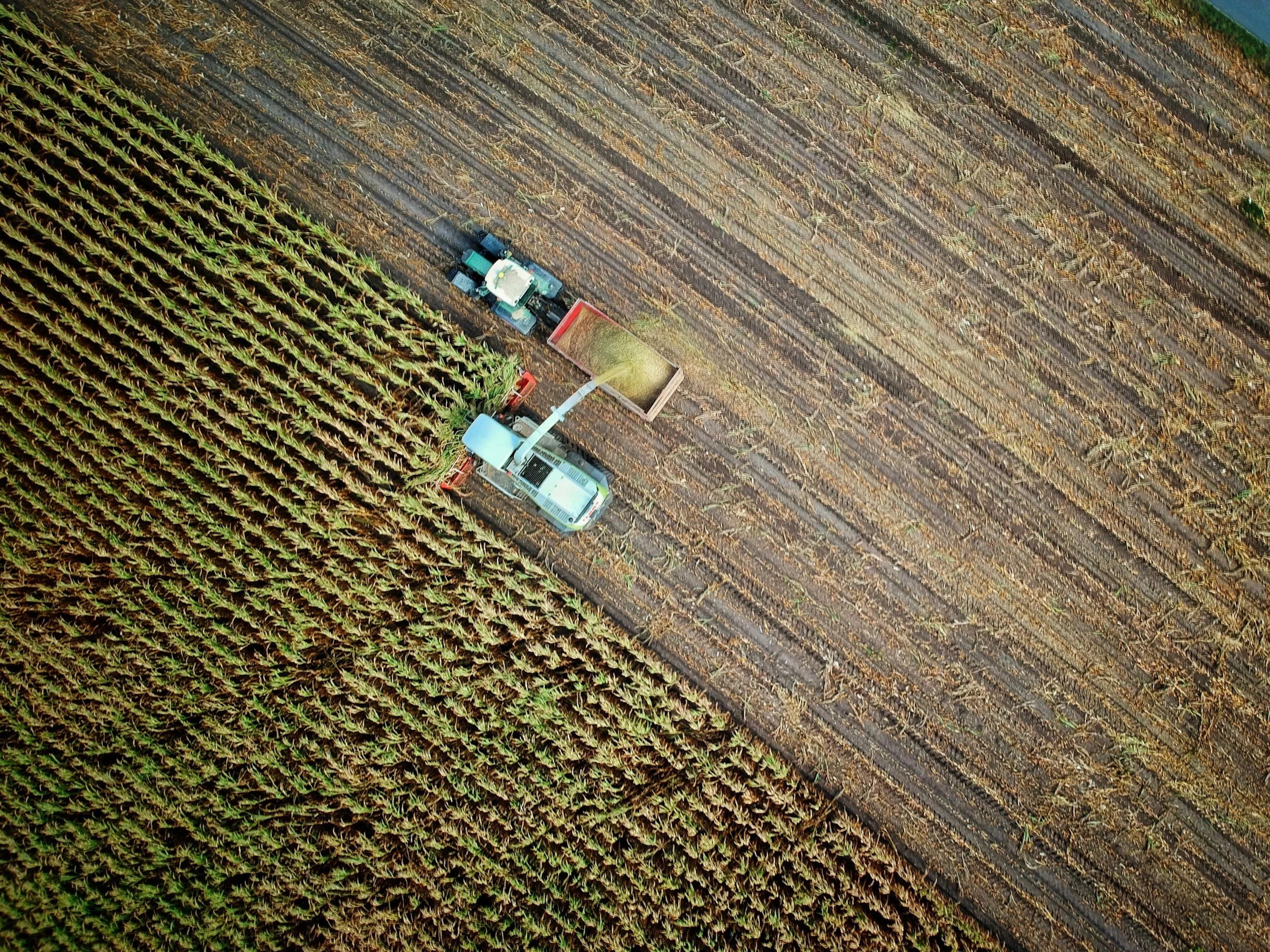












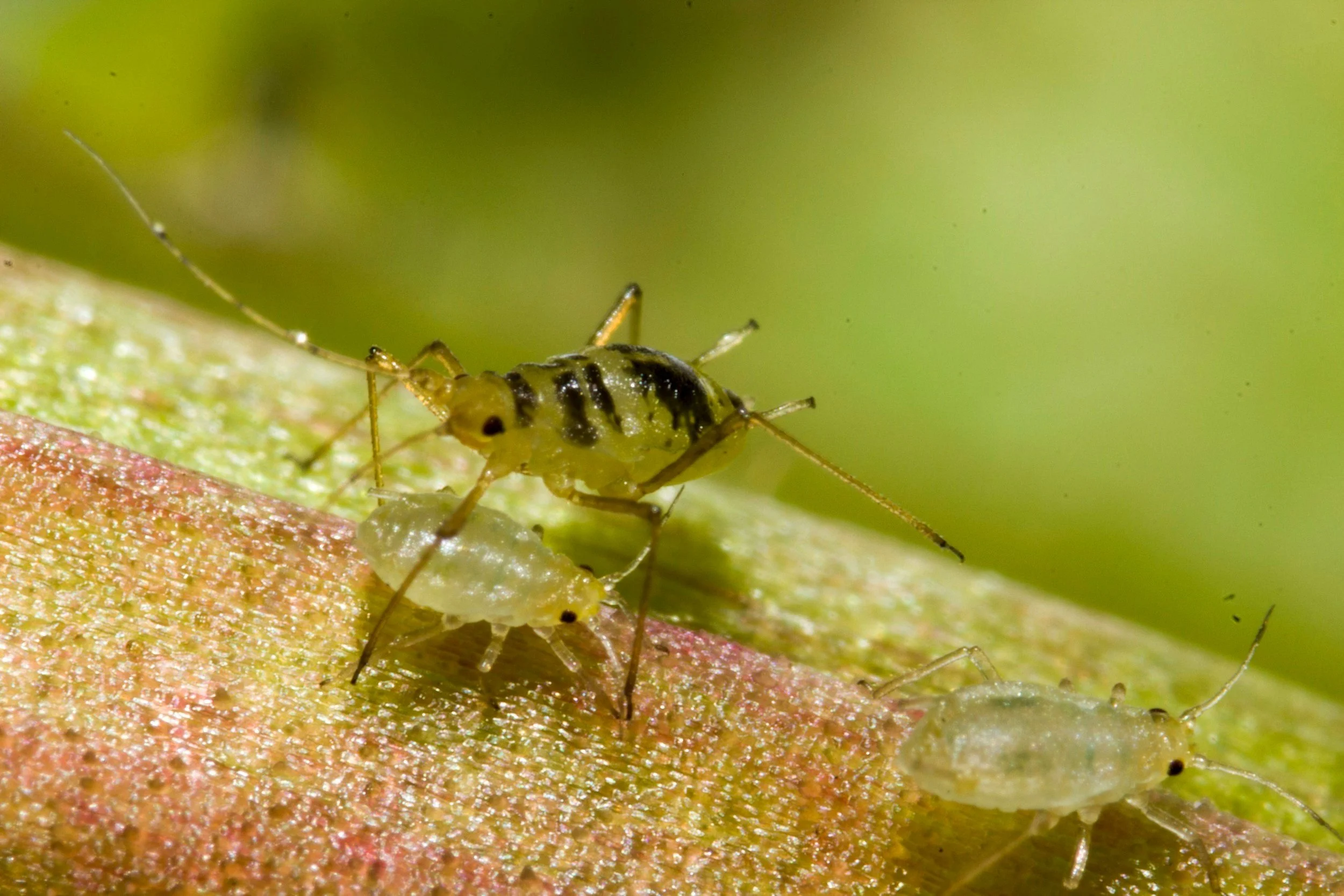


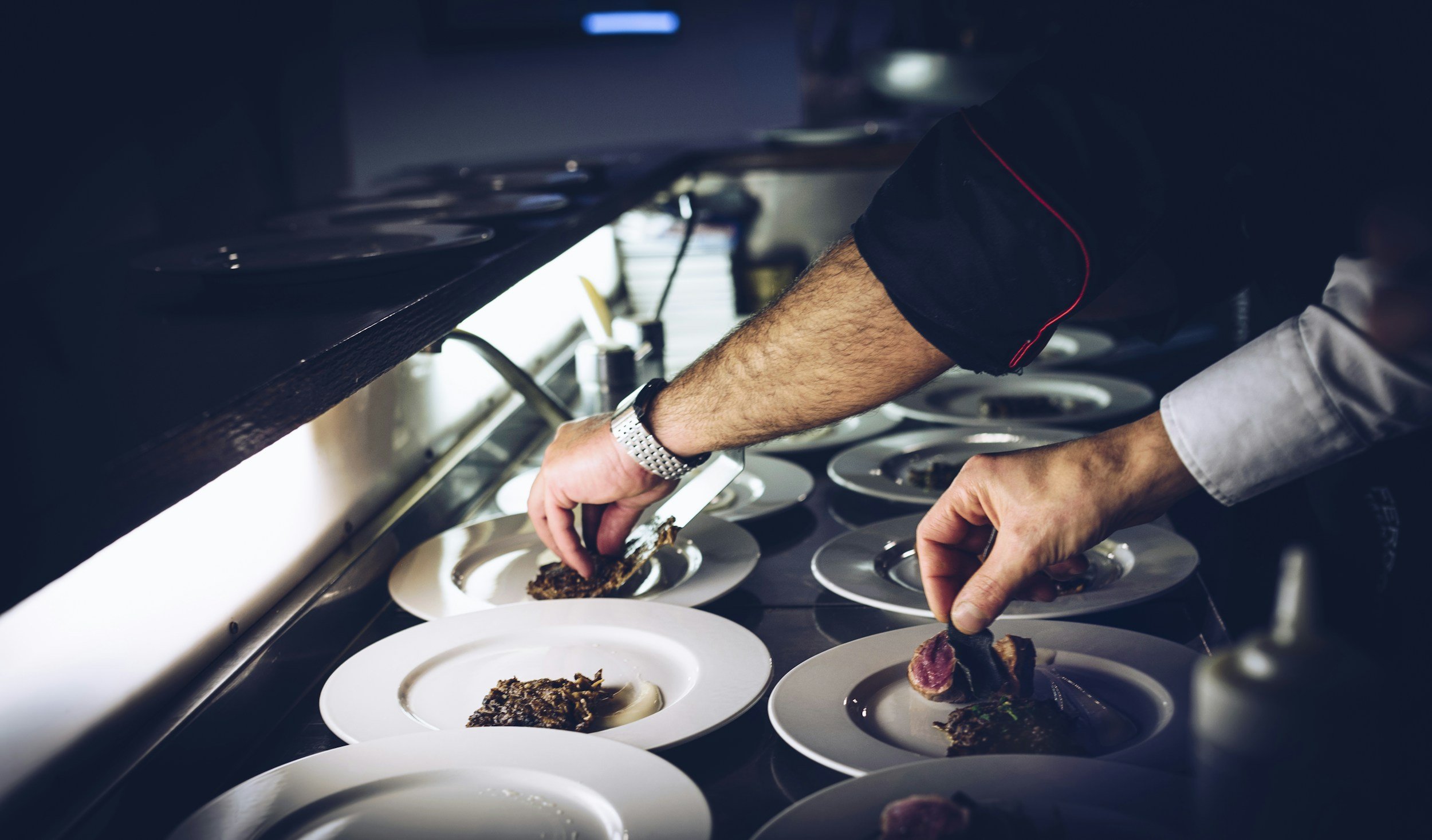




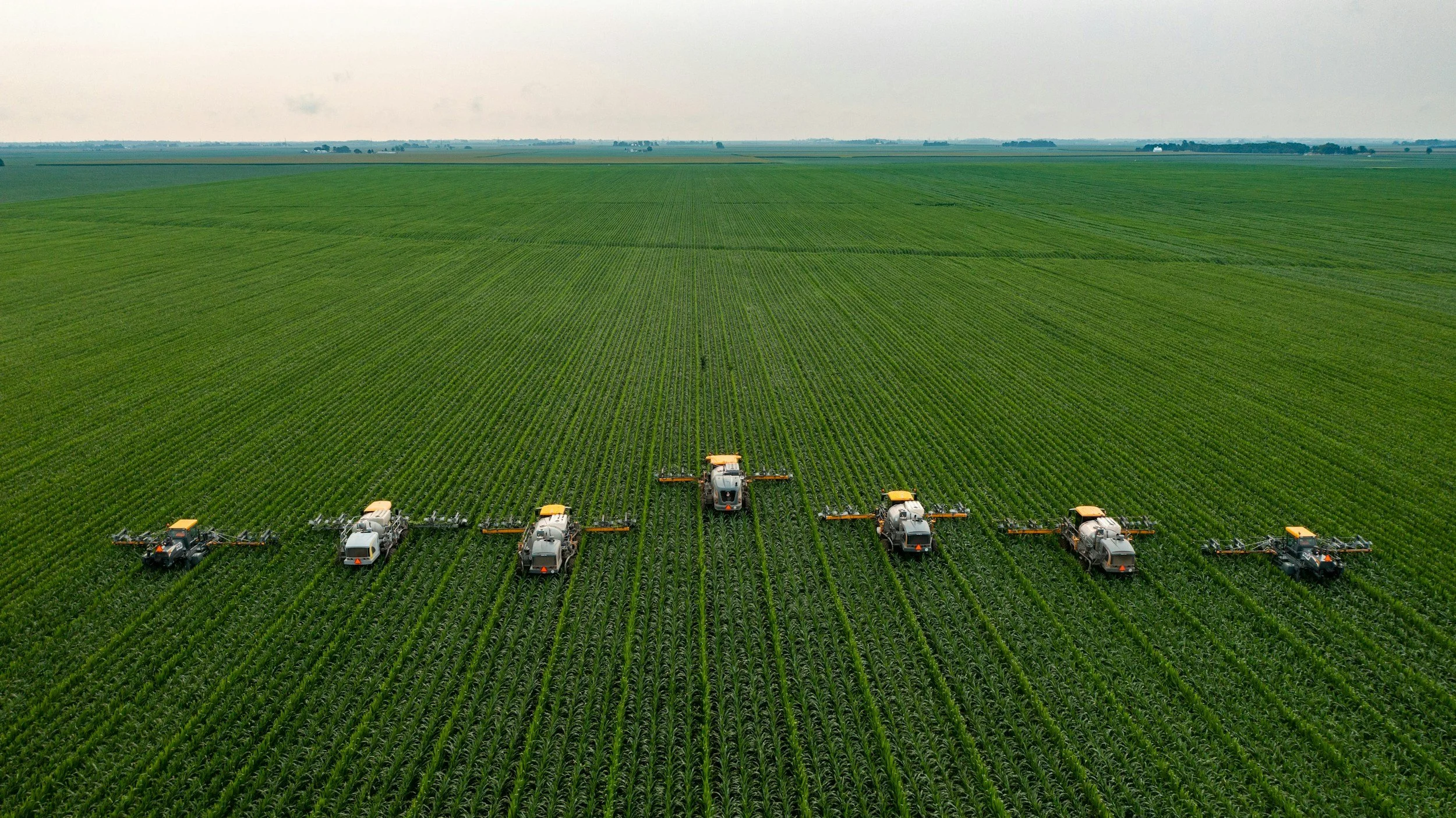

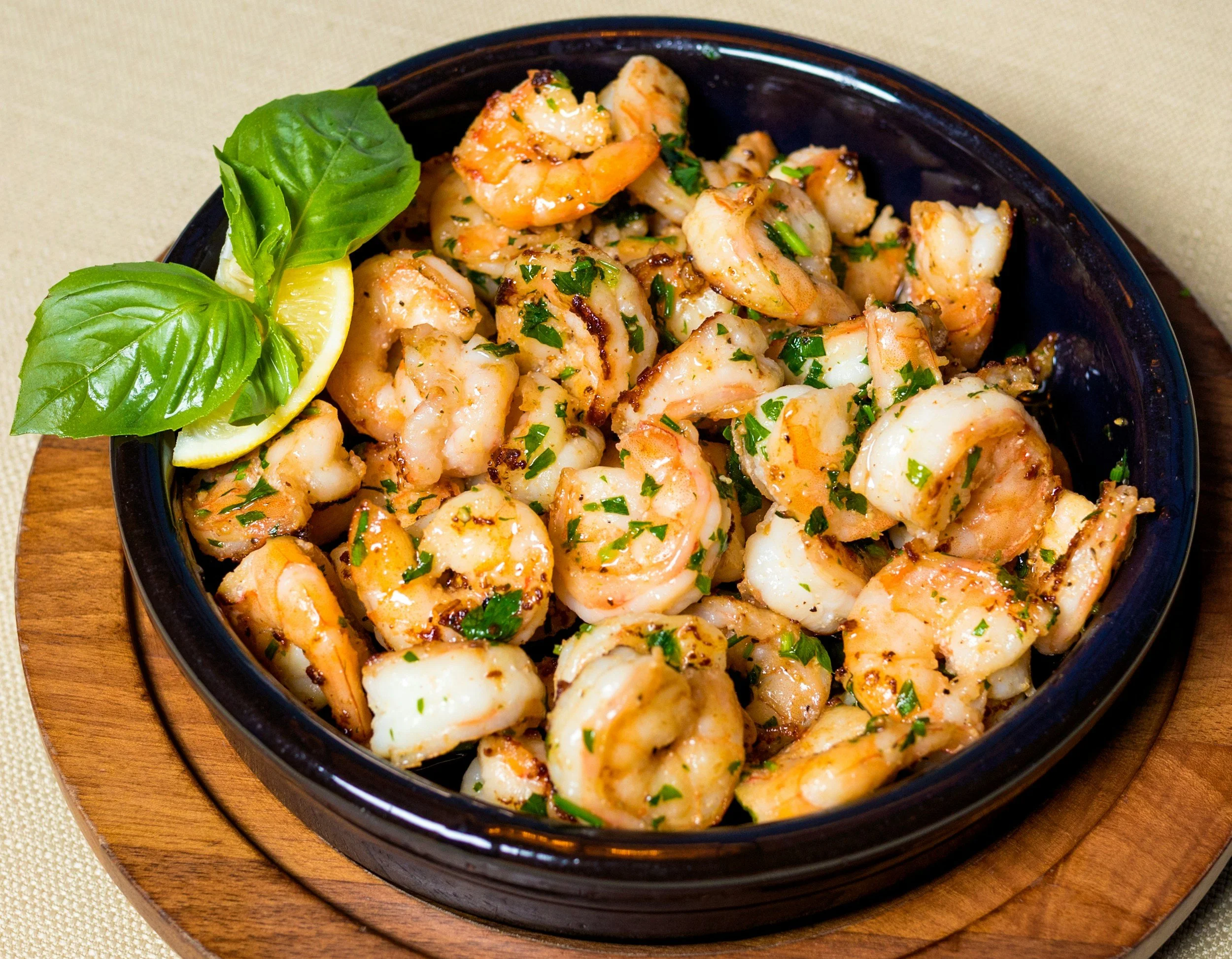







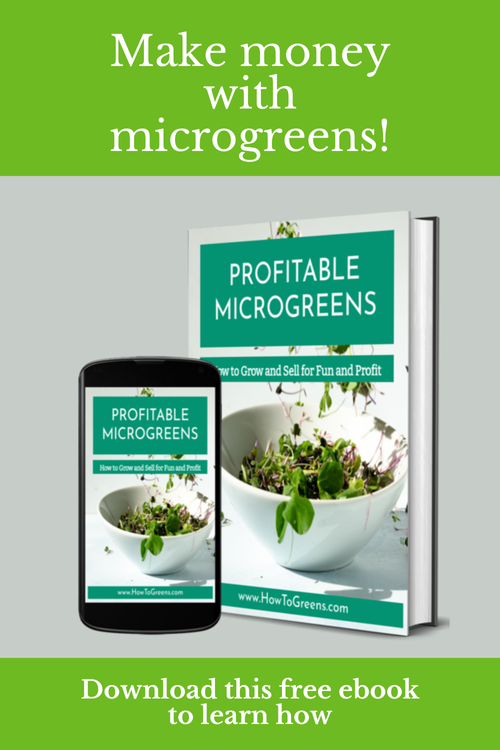
If you’re anything like me, you’re eagerly anticipating the start of the spring planting season. Normally I’m out in the cold tending to the half-frozen plants in my raised beds and unheated greenhouse, but this year I decided to start a Kratky hydroponic growing system indoors in my basement. The Kratky system is one of the best ways to grow indoors during the cold season, and it’s a great method for beginners and for those who don’t have a lot of resources to spend on gardening. With a few simple tools you can grow a lot of food inside your home, garage, or shed, and best of all, you don’t have to deal with most of the problems that gardeners face when growing plants outdoors, including pests and unpredictable weather conditions.